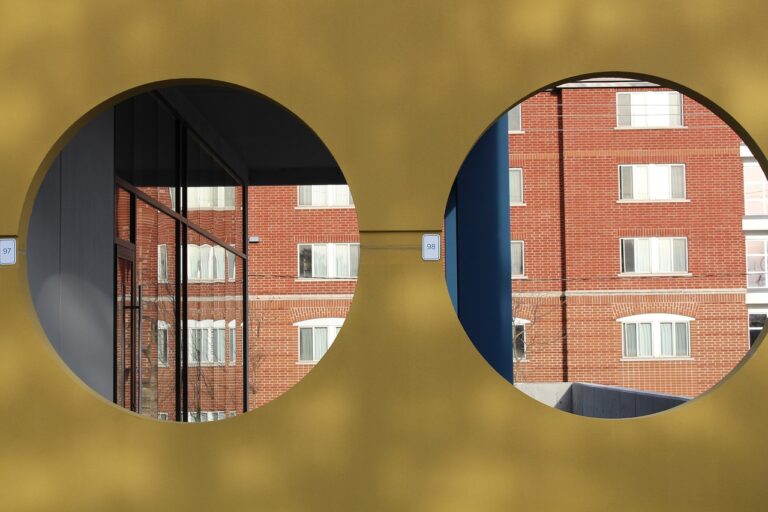The Impact of Tiny Homes on Sustainable Living and Minimalist Lifestyles
Downsizing to a tiny home can lead to significant financial savings. With lower construction and maintenance costs, as well as reduced utility bills, tiny homeowners often find themselves with a lot more money left in their wallets at the end of each month. Moreover, living in a smaller space encourages a simpler lifestyle, where one tends to spend less on unnecessary possessions and experiences a sense of freedom from the burden of excessive material possessions.
In addition to the financial benefits, downsizing to a tiny home also offers a range of health advantages. Smaller living spaces can promote closer relationships among family members, as well as reduced stress levels due to less clutter and the ease of cleaning and maintenance. The intimate nature of tiny homes fosters a cozy and comforting atmosphere that can contribute to improved mental well-being and overall happiness.
The Environmental Advantages of Living in a Small Space
Living in a small space can have significant environmental advantages. With less square footage to heat and cool, tiny homes typically have a lower carbon footprint compared to larger homes. This reduction in energy consumption not only helps lower utility bills but also decreases the overall environmental impact on the planet.
Furthermore, the compact nature of tiny homes often encourages residents to be more conscious of their consumption habits. Limited storage space prompts individuals to own fewer possessions and be more thoughtful in their purchasing decisions. This minimalist lifestyle can lead to decreased waste generation and a more sustainable approach to living.
How Tiny Homes Promote Sustainable Living
Tiny homes are gaining popularity as a sustainable housing option due to their small size and efficient use of resources. These compact living spaces promote a minimalist lifestyle, encouraging individuals to prioritize quality over quantity and reduce their overall consumption. By downsizing to a tiny home, residents are more mindful of their environmental impact, leading to a lower carbon footprint and reduced energy usage.
Furthermore, the construction of tiny homes often incorporates eco-friendly materials and sustainable building practices. From utilizing reclaimed wood and recycled materials to incorporating energy-efficient appliances and solar panels, tiny home builders are focused on creating environmentally friendly dwellings. This attention to sustainable design not only minimizes waste during the construction process but also contributes to the long-term sustainability of the home and its impact on the planet.
• Tiny homes promote a minimalist lifestyle by encouraging individuals to prioritize quality over quantity
• Residents of tiny homes are more mindful of their environmental impact, leading to a lower carbon footprint and reduced energy usage
• Construction of tiny homes often incorporates eco-friendly materials and sustainable building practices
• Builders use reclaimed wood, recycled materials, energy-efficient appliances, and solar panels to create environmentally friendly dwellings
• Sustainable design minimizes waste during construction process and contributes to long-term sustainability of the home
What are some of the benefits of downsizing to a tiny home?
Downsizing to a tiny home can lead to lower utility bills, reduced maintenance costs, and a simplified lifestyle with less clutter.
How do tiny homes promote sustainable living?
Tiny homes have a smaller carbon footprint compared to traditional homes, as they require less energy to heat and cool. They also often use environmentally friendly materials and can be powered by renewable energy sources.
What are some environmental advantages of living in a small space?
Living in a small space encourages people to consume less, produce less waste, and be more mindful of their environmental impact. It also promotes a minimalist lifestyle that focuses on quality over quantity.
How can tiny homes contribute to a more sustainable future?
By promoting energy efficiency, reducing resource consumption, and encouraging a more eco-friendly lifestyle, tiny homes can play a significant role in creating a more sustainable future for our planet.







